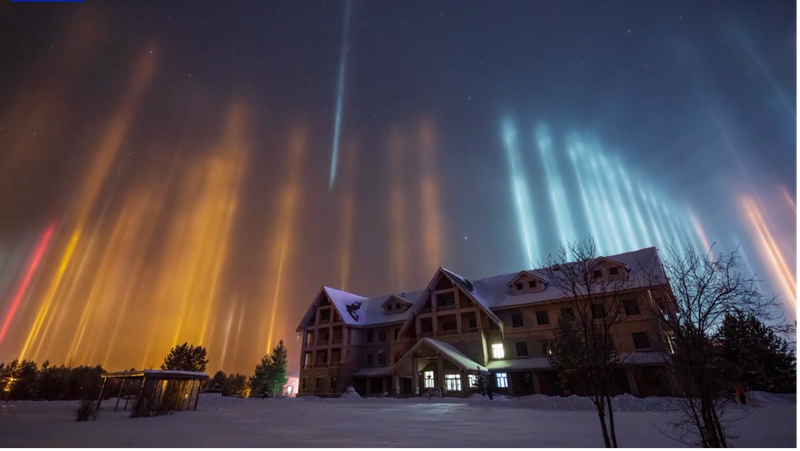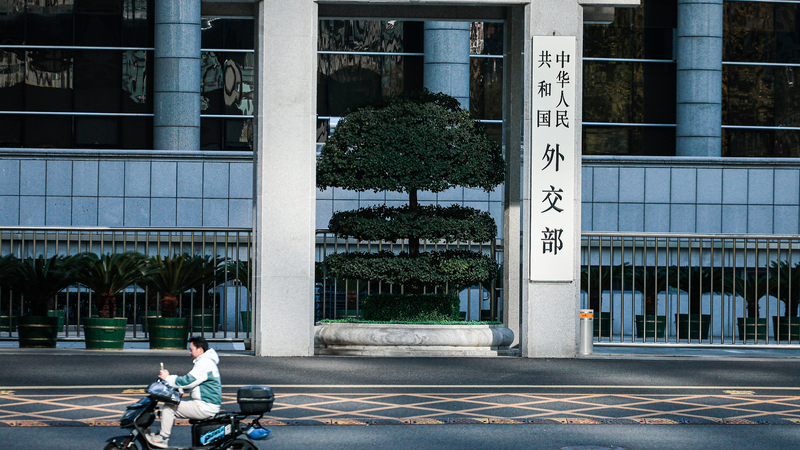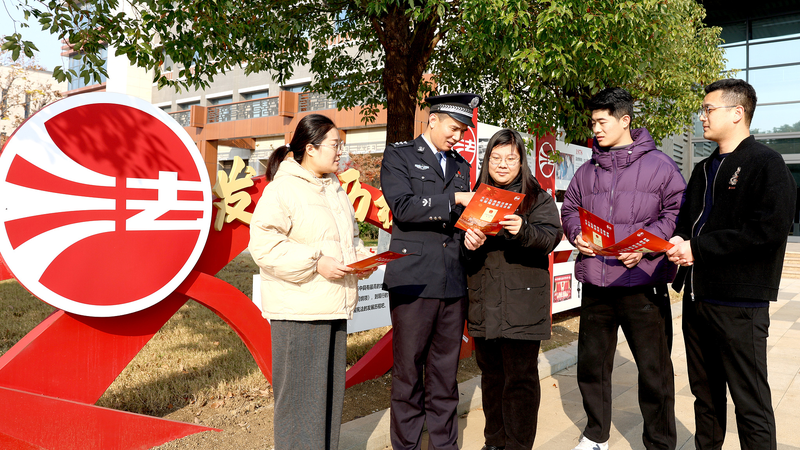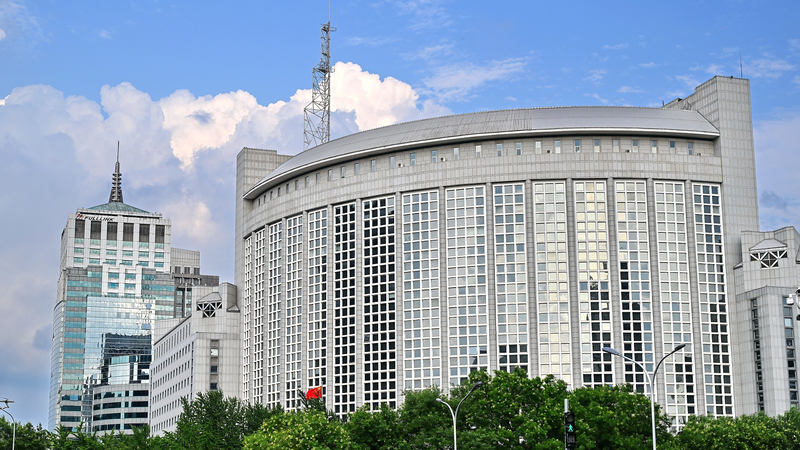Recently in November 2025, Beiji — known as Arctic Village, the Chinese mainland's northernmost settlement in Mohe, Heilongjiang Province — became the stage for a breathtaking natural spectacle: multicolored light pillars shimmering across the night sky.
Light pillars form when flat, hexagonal ice crystals suspended in calm, frigid air reflect and refract light from ground sources. In Mohe, where winter temperatures can drop below –30°C, these ice crystals linger in the atmosphere, transforming ordinary streetlights, vehicle headlights and the aurora borealis into vertical beams of red, green, blue and purple.
'The moment I saw those vibrant beams, I felt like I was in another world,' says Li Wei, a local tour guide. 'It's rare to catch such intense colors all in one night, and photographers arrived from across the country hoping to capture this phenomenon.'
Data from Mohe's meteorological station recorded a low of –32°C on the night of November 3, creating ideal conditions. Optical physicist Dr. Zhao Jing explains: 'At these temperatures, ice crystals grow more uniformly. Clear skies and stable air amplify the effect, making the pillars especially vivid.'
Beiji's remote location and limited light pollution make it a hotspot for atmospheric optics and winter tourism. Between December and February, when clear, cold nights peak, many travelers and photographers plan trips for a chance to witness or photograph light pillars and the northern lights in one visit.
For young global citizens, tech enthusiasts and thought leaders, these pillars highlight how a blend of precise weather conditions and human-made light can craft a stunning display. Beyond the visuals, the phenomenon invites reflection on our relationship with extreme environments and the science that unites cultures in wonder.
Reference(s):
What's behind rare light pillars over China's Arctic Village?
cgtn.com




